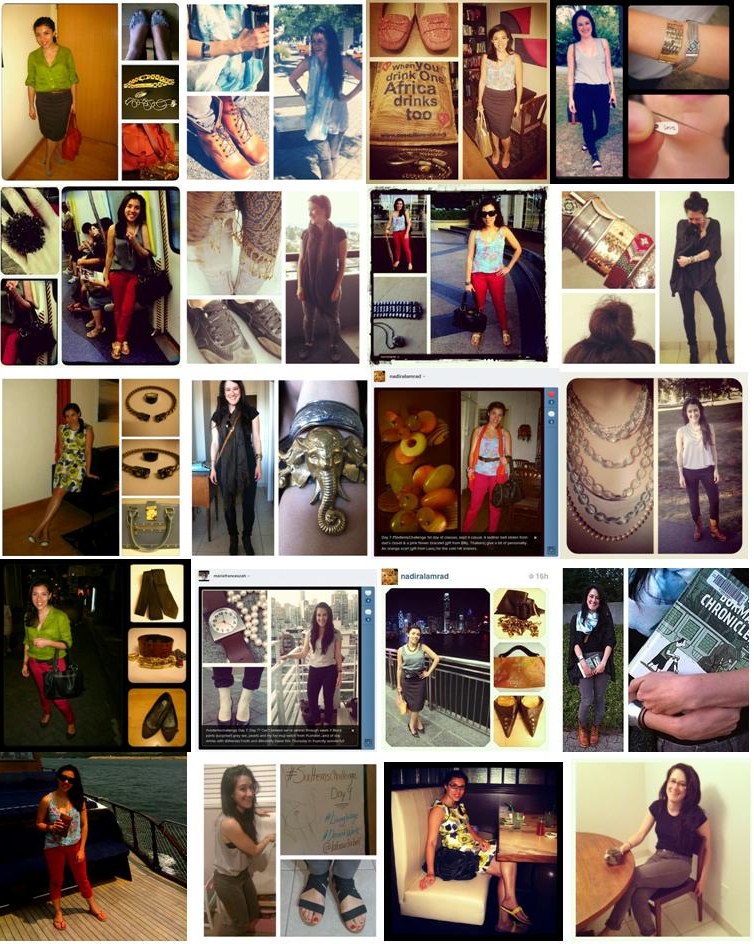It’s not often I chose to celebrate fast fashion but on this occasion I want to share an innovative fast fashion graduate project called Urbanhermes: Fashion Signaling and the Social Mobility of Images by Christine Liu. Although this project has not come from a fashion school or from the perspective of sustainability or ethics I think it demonstrates an alternative way of thinking about fast fashion, responding to its functions rather than attempting to deny it.
Urbanhermes is a messenger bag designed to display and disseminate
meaningful yet ephemeral images between people in the public realm.
These images surface as representation of the daily zeitgeist; the image
as fashion emerges and grows in popularity as knowledge diffuses
over a very short period of time. (Lui 2006)
Usually when I think of fast fashion I think about the stress on supply chains, the abundance of waste created and the many issues that it poses throughout fashion value chains in the sourcing, manufacture, consumption and disposal of our fashion products. What I didn’t consider until recently and what seems missing from many of the discussions is an exploration of why fast fashion has infiltrated the apparel industry and become normalized in our understanding of fashion? What function does the speed of fashion serve? Urban Hermes addresses some of these issues from the perspective of signalling theory, capitalizing on the technological benefits of electronic fashion. The project embeds the notion that fashion is a way of signalling information prowess (Donnath, 2007 30:47 mins) and that fashion (in clothing and elsewhere) changes at a rate which directly correlates to the rate at which information travels through society(Liu 2006. p89). From this perspective we should expect fashion to continue to accelerate in line with our faster paced information society. Knowing what we do about the impact of the fast fashion industry any further increases in speed conjure up a grim outlook were we to rely wholly on physical fashion products. Electronic fashion innovations such as Urban Hermes demonstrate one alternative way to think about the future of fast fashion.
‘’We hypothesize that electronic fashion signals in the physical realm will
allow people to disclose and perceive expressive qualities about themselves
that would not be possible by current material fashions.’’ (Liu 2006)
Thankfully there are many approaches to the large and complex issues surrounding fast fashion, some focus on improving the supply chain, innovating new ways of recycling and changing behavior or attitude towards our products. We need so many approaches because the issue is infected with so many needs and influenced by so many factors. Our clothing, dress and fashions fulfill many different social cultural and individual needs as Kate Fletcher and Matilda Tham draw attention to in their Lifetimes project. We need to be mindful and aware of these different needs in any discussion about how we can make positive forward thinking changes towards a more responsible, sustainable and healthy fashion industry.
Urbanhermes: Fashion Signaling and the Social Mobility of Images By Christine Liu 2006
Lifetimes by Kate Fletcher and Matilda Tham

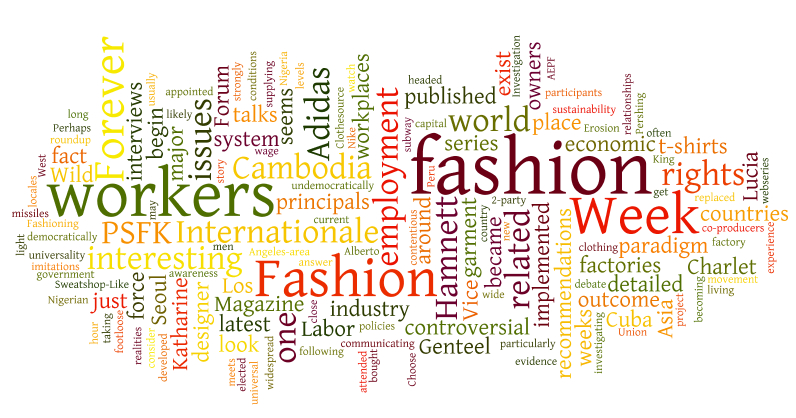
 The ever-excellent
The ever-excellent 

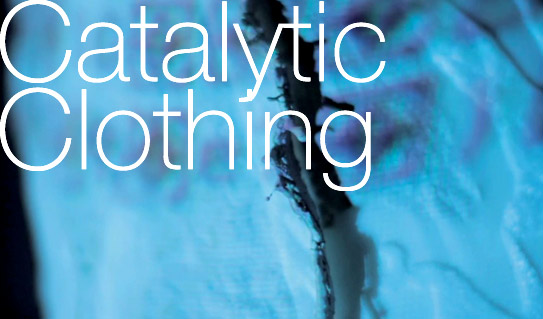






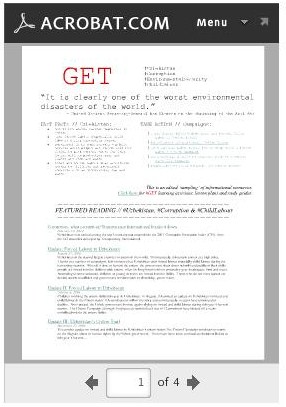
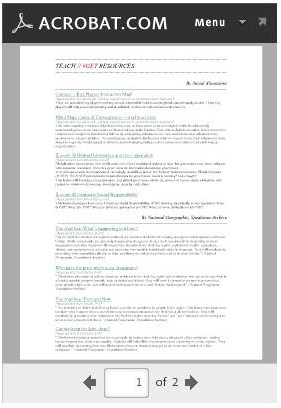

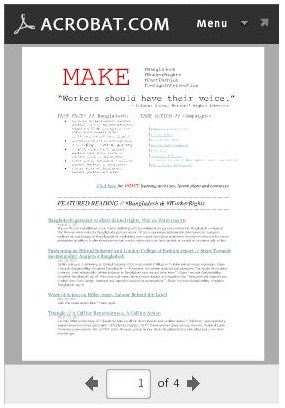
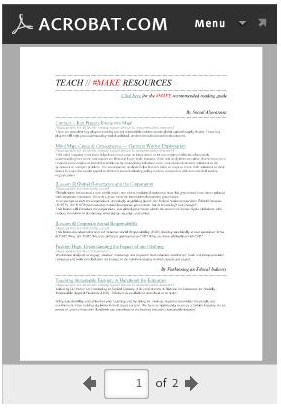
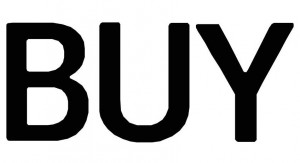

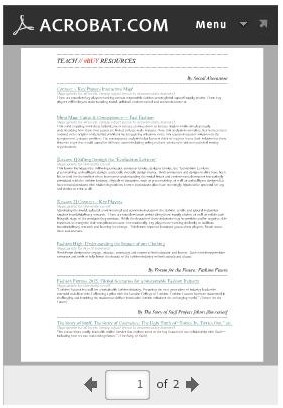
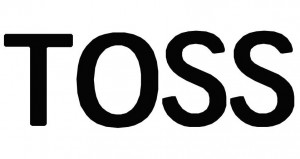

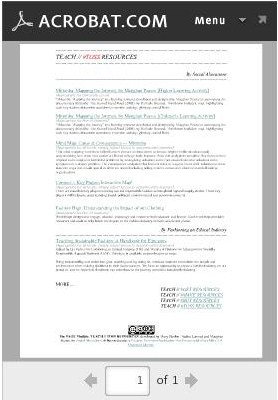
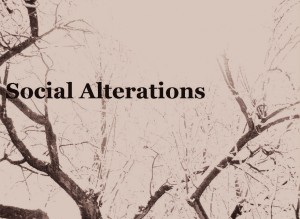


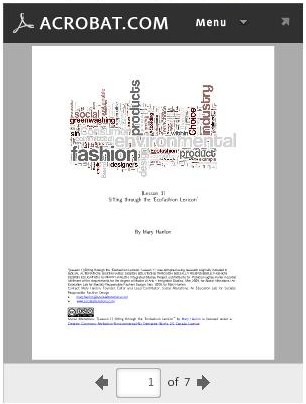
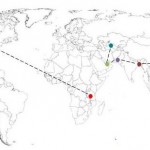
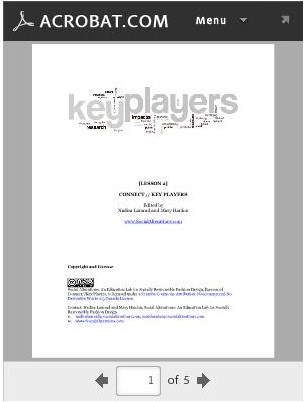

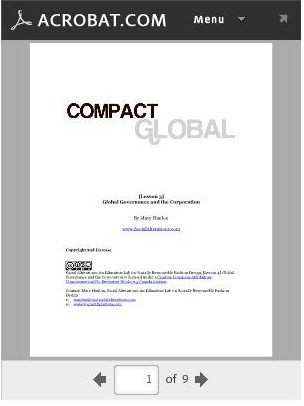
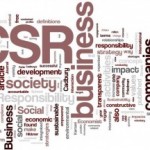



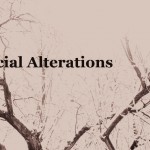
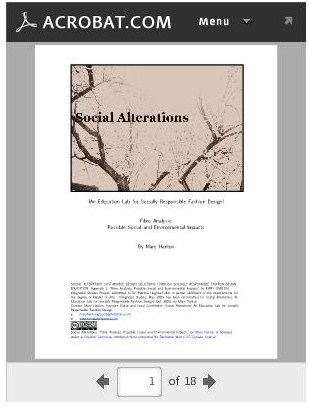
 The Social Alterations team is constantly coming across interesting content from a wide variety of sources. This is a curated selection of thought provoking reading we’ve done in the past month related to responsible fashion.
The Social Alterations team is constantly coming across interesting content from a wide variety of sources. This is a curated selection of thought provoking reading we’ve done in the past month related to responsible fashion.